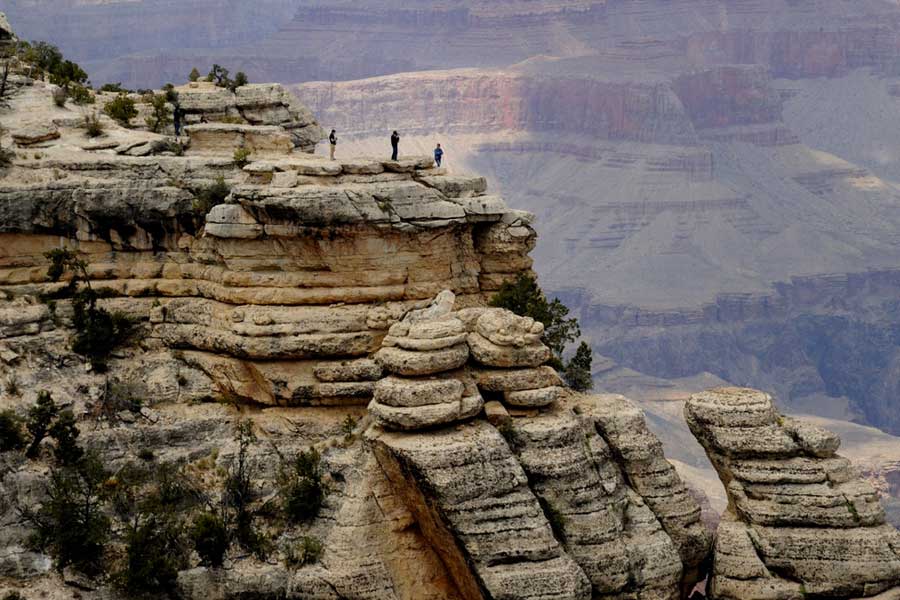India hosts remarkably well preserved volcanic and sedimentary rocks as old as 3.5 billion years, and has similar geologic history to parts of South Africa and Australia, a study has found.
Researchers from the Wits University, University of Johannesburg (UJ), both in South Africa, and Chinese Academy of Sciences, examined volcanic and sedimentary rocks from the Daitari greenstone belt in the Singhbhum Craton in east India that were formed approximately 3.5 billion years ago.
Cratons are pieces of ancient continents that formed several billions of years ago. Their study provides a window as to how processes within and on the surface of Earth operated in the past.
The team conducted detailed field-based studies and precise Uranium-Lead (U-Pb) radiometric-age dating to evaluate the geology of the ancient greenstone rocks.
The study, published in the journal Precambrian Research, established key geological timelines that illustrate the tectonic evolution of the Daitari greenstones.
"The Daitari greenstone belt shares a similar geologic make-up when compared to the greenstones exposed in the Barberton and Nondweni areas of South Africa and those from the Pilbara Craton of north-western Australia," said Jaganmoy Jodder of the Wits University.
Sub-marine volcanic eruptions were common between 3.5 and 3.3 billion-years-ago, which are largely preserved as pillowed lava within the greenstones of the Singhbhum, Kaapvaal and Pilbara cratons.
More importantly, the style of volcanism decoded from the silicic rocks, which are rich in silica, provide evidence for explosive sub-marine to sub-aerial settings.
"Following silicic volcanism, sedimentary rocks that comprise sub-marine turbidity current deposits formed upon drowning of the volcanic vent," said Jodder, who led the study.
"This provided us with an age estimate for the sub-marine sedimentary rocks that got deposited approximately 3.5 billion years ago, which was based on precise detrital U-Pb zircon data," he added.
Detrital zircon geochronology analyses the age of zircons deposited within a specific sedimentary unit.
Studies of ancient greenstones are important not only to understand the diverse volcanic processes but well-preserved greenstones preserve minor sedimentary rocks that formed under sub-marine settings.
"These volcano-sedimentary rocks provide clues related to habitable environments on the young Earth and can be regarded as time capsules to help us better understand the evolutionary tale of the planet in its early stages," said Jodder.
The team proposes that these ancient continents may have been subjected to geologically similar processes 3.5 billion years ago.
"However, we are not certain about their palaeo-geographic positioning. And thus, cannot validate that they once formed part of a supercontinent," Jodder added.
Except for the headline, this story has not been edited by The Telegraph Online staff and has been published from a syndicated feed.











